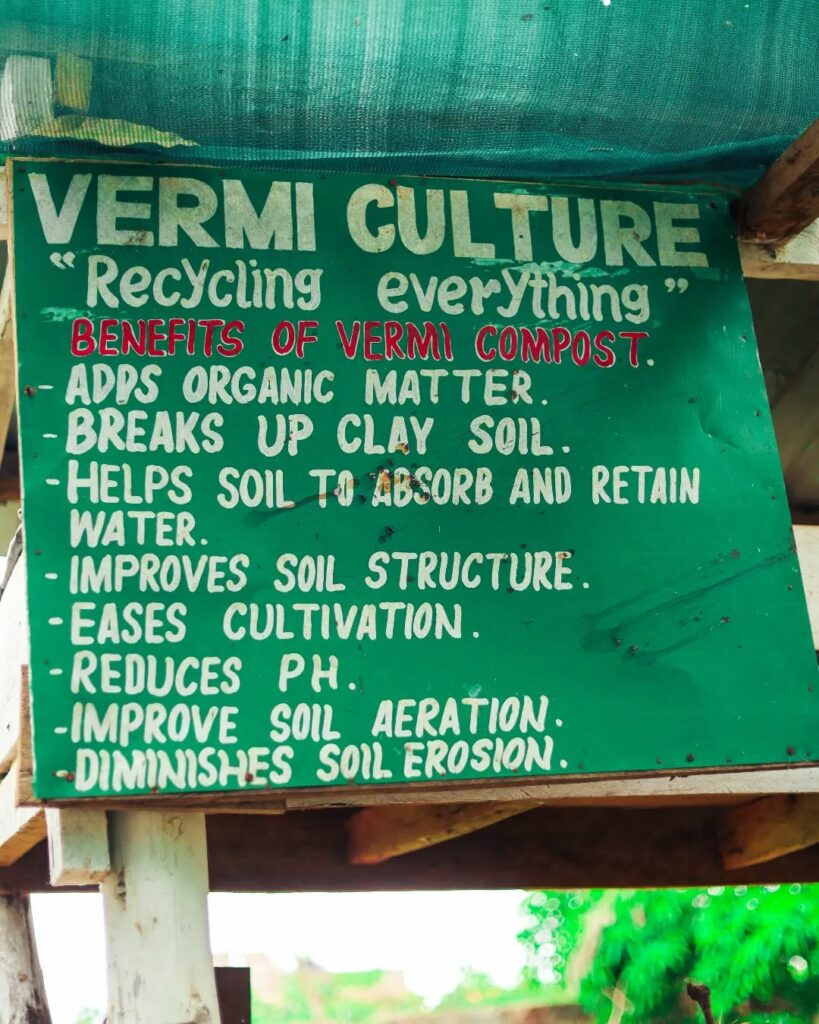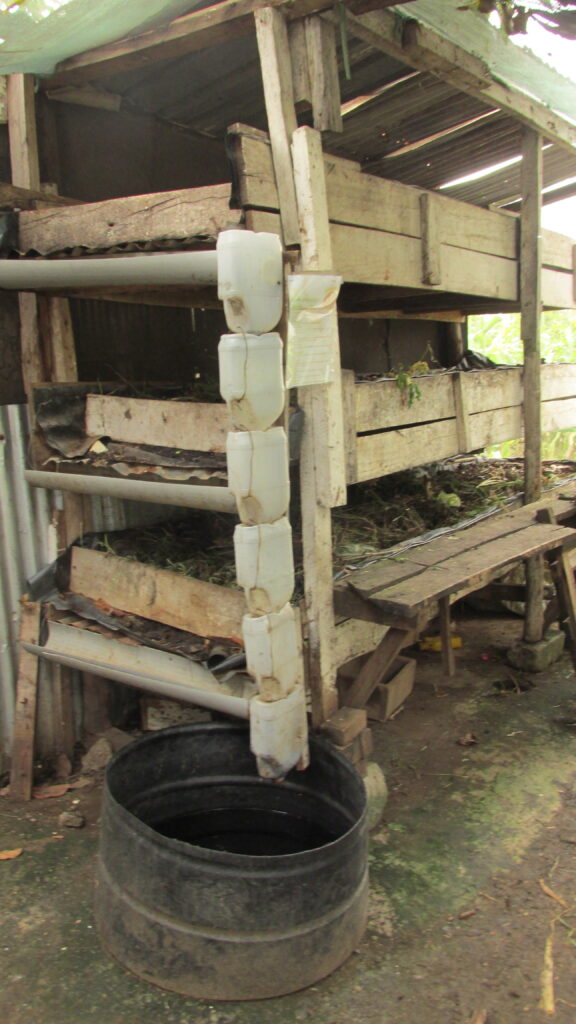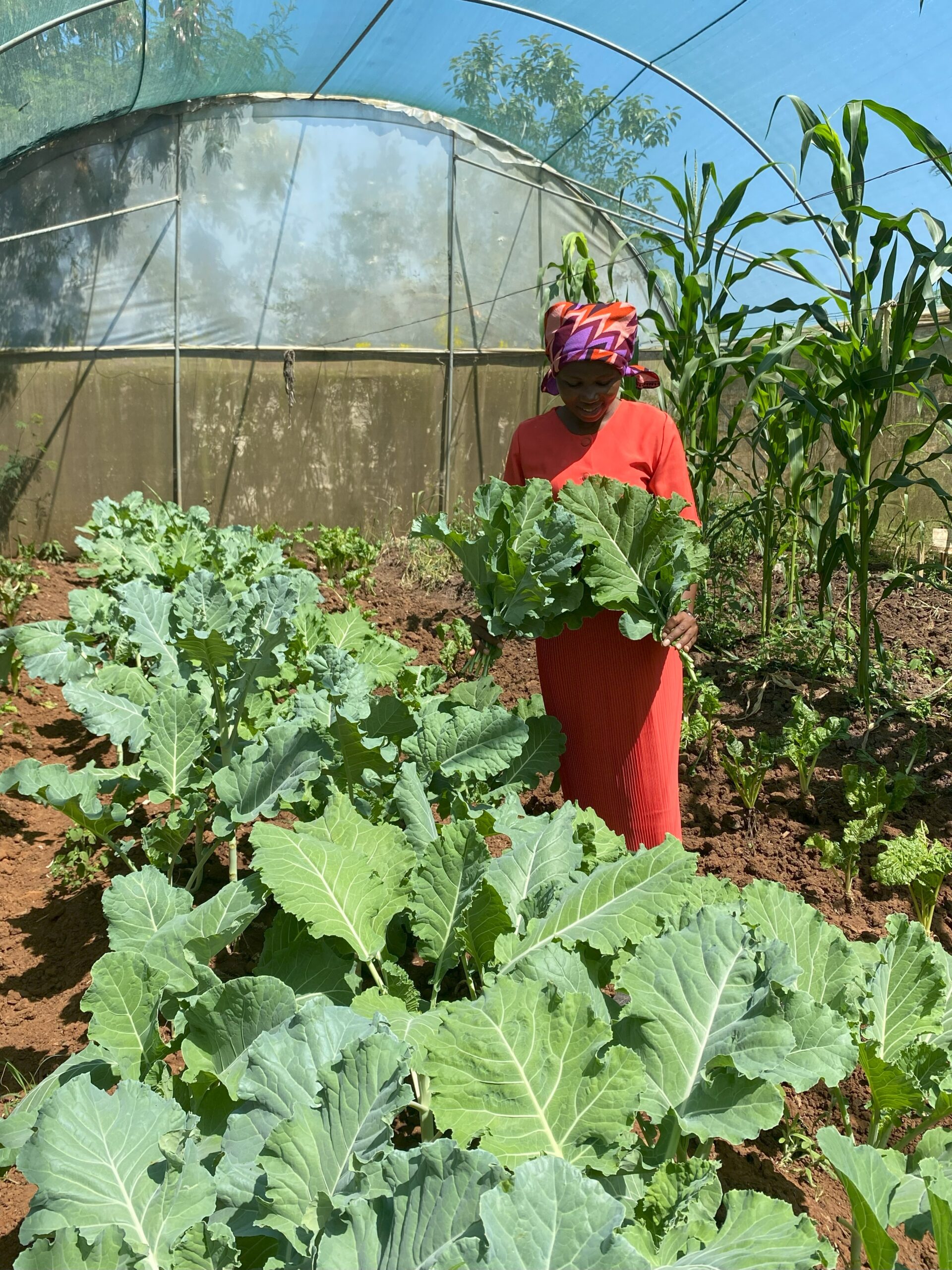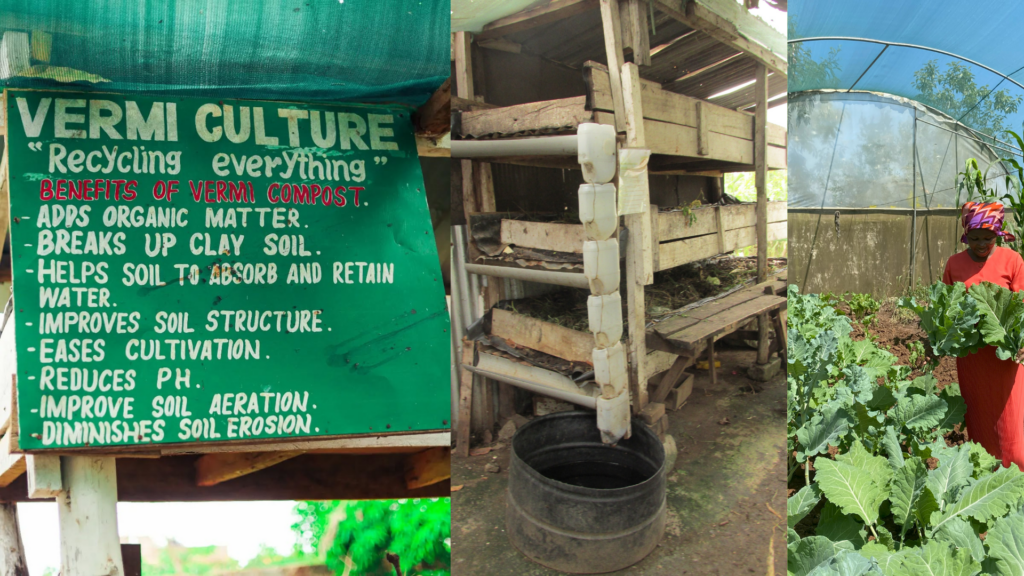
In an era where sustainable farming and waste management are crucial, vermicomposting emerges as a natural, efficient, and eco-friendly solution. This process transforms kitchen scraps and organic waste into nutrient-rich compost, thanks to the hard work of red wiggler worms (Eisenia fetida).
If you’re looking to enrich your soil naturally while reducing waste, follow this simple step-by-step guide to vermicomposting.
Step 1: Build the Right Structure
A proper vermicomposting setup is key to success. Here’s what you need:
1. The composting structure should be slightly slanted on one side to allow for the collection of vermi tea, a liquid byproduct that serves as an excellent organic fertilizer.
2. Ensure the bin is well-ventilated but not fully enclosed to maintain air circulation and prevent foul odors.
3. Choose a shaded or semi-covered area to protect the worms from excessive heat or rain.

Step 2: Add Organic Waste & Worms
Now that your structure is ready, it’s time to introduce the key players:
Add a mix of food scraps, dry leaves, and a bit of soil to provide an optimal environment for the worms.
Use red wiggler worms, as they are efficient decomposers and thrive in composting environments.
Keep the compost moist but not soggy—too much water can suffocate the worms, while dry conditions slow down decomposition.
Avoid meat, dairy, bones, and oily foods, as these can attract pests like rats and dogs, and produce an unpleasant smell.
Step 3: Harvesting & Benefits of Vermicompost
After a few weeks, the worms will have broken down the waste, leaving behind a dark, crumbly, soil-like material known as vermicompost. Here’s why it’s valuable:
Enriches soil with essential nutrients like nitrogen, phosphorus, and potassium.
Improves soil structure, aiding water retention and aeration.
Reduces landfill waste, making it an eco-friendly composting method.
Produces vermi tea, a nutrient-dense liquid fertilizer that promotes healthy plant growth when diluted with water.


